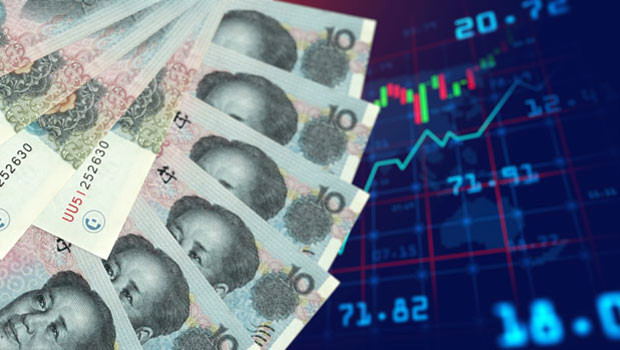
Source: Sharecast
Patrick Munnelly, market strategy partner at TickMill, noted that the Japanese ruling coalition fell three seats short of maintaining a majority in the upper house elections.
“Prime minister [Shigeru] Ishiba plans to stay in office despite losing majority control in both houses,” he said.
“Japanese markets and US Treasuries were closed overnight due to a Japanese holiday, so the full market response has yet to unfold; however, the yen has strengthened slightly compared to Friday’s close.
“Ishiba’s weakened political position could impact ongoing trade negotiations with the US as the 1 August deadline approaches.”
Munnelly also noted that China kept its benchmark lending rates steady, with the one-year prime rate at 3% and the five-year prime rate at 3.5%.
“In New Zealand, second quarter inflation rose by 0.5% quarter-on-quarter, falling 0.1 percentage points short of expectations and potentially paving the way for rate cuts to resume after the Reserve Bank of New Zealand’s recent pause.”
Most markets start the week in the green
China’s central bank held its one-year and five-year loan prime rates unchanged, providing a measure of stability.
The Shanghai Composite rose by 0.72% to 3,559.79, while the Shenzhen Component advanced 0.86% to 11,007.49.
Among the top performers in Shanghai were Harbin Xinguang Optic Electronics, which surged 16.08%, Xining Special Steel up 10.21%, and BBMG Corporation, which also rose by more than 10%.
In Hong Kong, the Hang Seng Index gained 0.68% to finish at 24,994.14.
Shares in China Petroleum & Chemical Corporation climbed 5.3%, while China Hongqiao Group and Xinyi Solar rose 4.62% and 3.53%, respectively.
South Korea’s Kospi 100 gained 0.9% to 3,247.96.
Hanwha Solutions led the charge with a 7.37% rise, followed by Doosan Enerbility, which added 5.56%, and Hyundai Steel, which was up 5.32%.
In New Zealand, the S&P/NZX 50 rose 0.63% to 12,961.51, lifted by a 6% jump in KMD Brands, while Vector and Precinct Properties both rose just over 2%.
Australia’s S&P/ASX 200 bucked the regional trend, falling 1.02% to 8,668.20.
Financials were under pressure, with Insignia Financial sliding 5.76%, Platinum Asset Management down 4.62%, and biotech firm Mesoblast falling 4.15%.
Japanese markets were closed for the Marine Day holiday.
However, the Japanese yen strengthened 0.63% to JPY 147.88 on the dollar following the ruling party’s loss of its upper house majority in Sunday’s election.
Elsewhere in currencies, the Australian dollar was little changed at AUD 1.5355 against the greenback, while the Kiwi weakened slightly to NZD 1.6784.
Oil prices edged lower, with Brent crude futures last down 0.61% on ICE at $68.86 per barrel, while the NYMEX quote for West Texas Intermediate slipped 0.52% to $66.99.
PBoC keeps rates on hold, NZ inflation rises less than expected
The People’s Bank of China’s rate decisions were at the top of the regional economic agenda, as it left its benchmark loan prime rates unchanged, holding the one-year rate at 3% and the five-year rate at 3.5%.
It came as the country contended with weak consumer demand and slowing momentum.
Second-quarter GDP growth came in at 5.2% year-on-year, easing from 5.4% in the previous quarter, though slightly ahead of the 5.1% forecast in a Reuters poll.
Retail sales in June rose by 4.8% from a year earlier, down from 6.4% in May and missing expectations for 5.4% growth.
The offshore yuan was little changed following the announcement.
In New Zealand, inflation rose to a 12-month high but remained within the Reserve Bank’s target range.
The consumer price index increased by 0.5% in the second quarter, pushing the annual rate to 2.7% from 2.5% in the previous quarter.
Higher domestic costs, particularly for local government taxes, rents, and electricity, contributed to the rise, although non-tradable inflation slowed to its weakest pace in four years. Tradable inflation remained modest, up 1.2% year-on-year.
Falling prices for new homes and petrol helped offset other cost pressures.
While the inflation reading was slightly below forecasts, it was not expected to deter the Reserve Bank of New Zealand from cutting its official cash rate further.
Markets anticipated a rate cut to 3% next month, with the outlook for additional easing depending on local economic data and global conditions.
New Zealand's inflation rate now exceeded those in Australia and the EU, matched the US, but remained below the UK and the OECD average of 4%.
Reporting by Josh White for Sharecast.com.